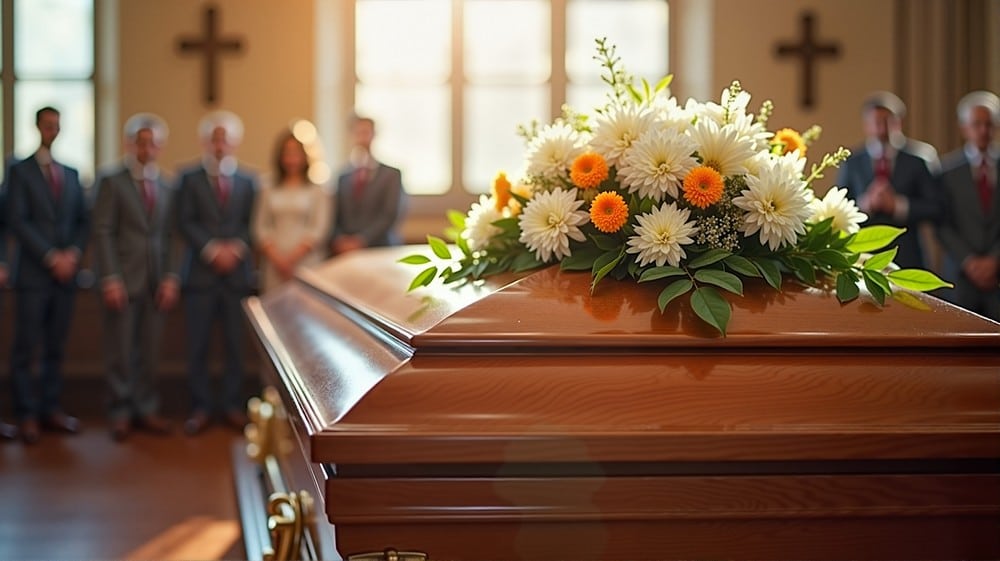When faced with the aftermath of an unattended death, the emotional toll and the practical challenges of cleaning and restoring the affected area can feel overwhelming. This process not only poses significant health risks but also creates an environment that requires specialized cleaning to ensure safety and sanitation.

With these challenges ahead, how can unattended death cleanup be handled effectively? Read this guide to find out.
Understanding the Complexities of Unattended Death Cleanup
Dealing with an unattended death is a profoundly challenging experience, not only emotionally but also due to the extensive physical and environmental challenges that follow, such as:
1. Delayed Discovery and the Decomposition Process
An unattended death typically involves a delay in discovering the deceased person, often for days or even weeks. This delay results in advanced stages of decomposition, making the situation more challenging to manage. Body fluids are released during this time, often seeping into floors, carpets, and walls, which can cause extensive contamination.
The prolonged time before discovery exacerbates both the physical and environmental difficulties associated with cleanup. This is the main reason why many families opt to hire after death cleaning and sanitation services instead of cleaning the space on their own.
2. Biohazard Contamination
As decomposition progresses, biohazards contaminate surfaces, materials, and the surrounding environment. These contaminants, including body fluids and airborne pathogens, can be dangerous to your health if not handled with the appropriate precautions and cleaning methods. Proper biohazard remediation is essential to prevent the spread of infections and ensure the area is safe for future use.
3. Emotional and Psychological Impact
The emotional toll of discovering and managing the scene of an unattended death is immense, particularly for family members and loved ones. Confronting the reality of the situation can lead to deep emotional distress and long-term psychological effects. This aspect highlights the importance of involving professionals who can handle the scene with care and sensitivity, allowing families to focus on their grief and healing.
4. Legal and Regulatory Compliance
You may need to consider your local health and safety regulations when managing the cleanup of an unattended death. For one, biohazard materials must be handled and disposed of in compliance with local laws and guidelines. Adhering to these regulations is best to avoid legal issues.
5. Possible External Factors
Certain external factors, such as crime scene investigations, may complicate the situation further. If foul play or suspicious circumstances are involved, law enforcement may need to conduct investigations before cleanup can begin. Additionally, the delay in discovery often leads to environmental damage, such as mold growth, which adds another layer of complexity to the remediation process.
The emotional and physical demands of handling an unattended death cleanup on your own can be overwhelming, leaving families struggling to cope with the trauma while ensuring the safety and restoration of their environment. Considering alternatives to DIY cleanup, such as seeking specialized assistance, can provide much-needed relief and ensure the process is handled safely and thoroughly.

Essential Steps for Families to Take After an Unattended Death at Home
When faced with the tragedy of an unattended death within their home, families should take immediate and thoughtful steps to ensure their safety and handle the situation appropriately:
1. Contact Emergency Services
The first step is to call emergency services to report the death. Authorities, including law enforcement and medical examiners, will arrive to document the scene and handle the removal of the deceased person.
2. Avoid Entering the Area
Avoid entering or disturbing the area where the death occurred to minimize exposure to potential biohazards, such as body fluids and airborne pathogens. This helps prevent health risks and preserves the scene for authorities if an investigation is necessary.
3. Notify Family Members
Reach out to other family members or close friends to inform them of the situation. Having a support network is crucial for emotional and practical assistance during this difficult time.
4. Arrange for Professional Cleanup Services
Once the authorities have completed their work, hire professional unattended death cleanup services to handle the cleanup and restoration.
5. Seek Emotional Support
Dealing with an unattended death can be emotionally overwhelming. Consider seeking support from grief counselors, support groups, or therapists who can help family members process their emotions and navigate their grief. Grieving is a personal and ongoing process. Allow yourself and your family the time and space to heal without rushing into decisions or actions that feel overwhelming.
By taking these steps, families can ensure that the situation is managed with care, safety, and respect while also addressing their emotional and practical needs during this challenging time.
Conclusion
The aftermath of an unattended death is both emotionally and physically challenging. Professional unattended death cleanup services provide the expertise, tools, and support necessary to restore the property safely while offering much-needed relief to family members. If you’re faced with this challenging situation, remember that professional help is available around the clock to handle the trauma scene with care, efficiency, and respect.








